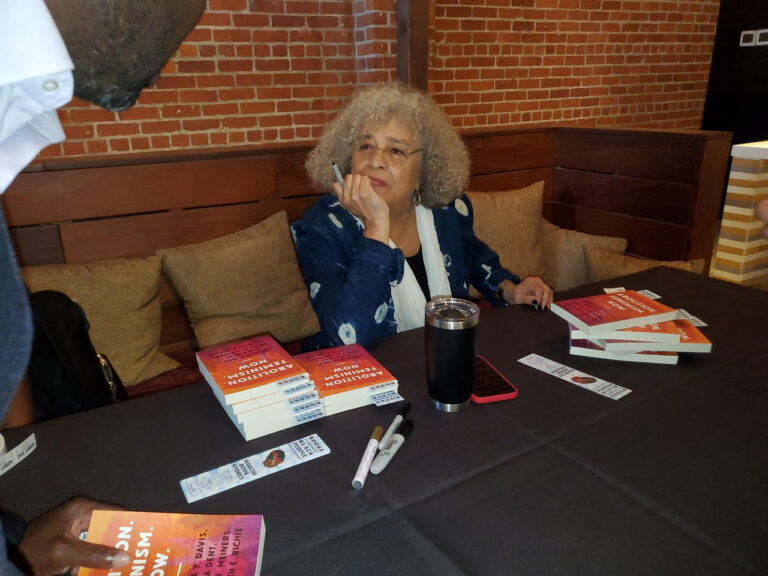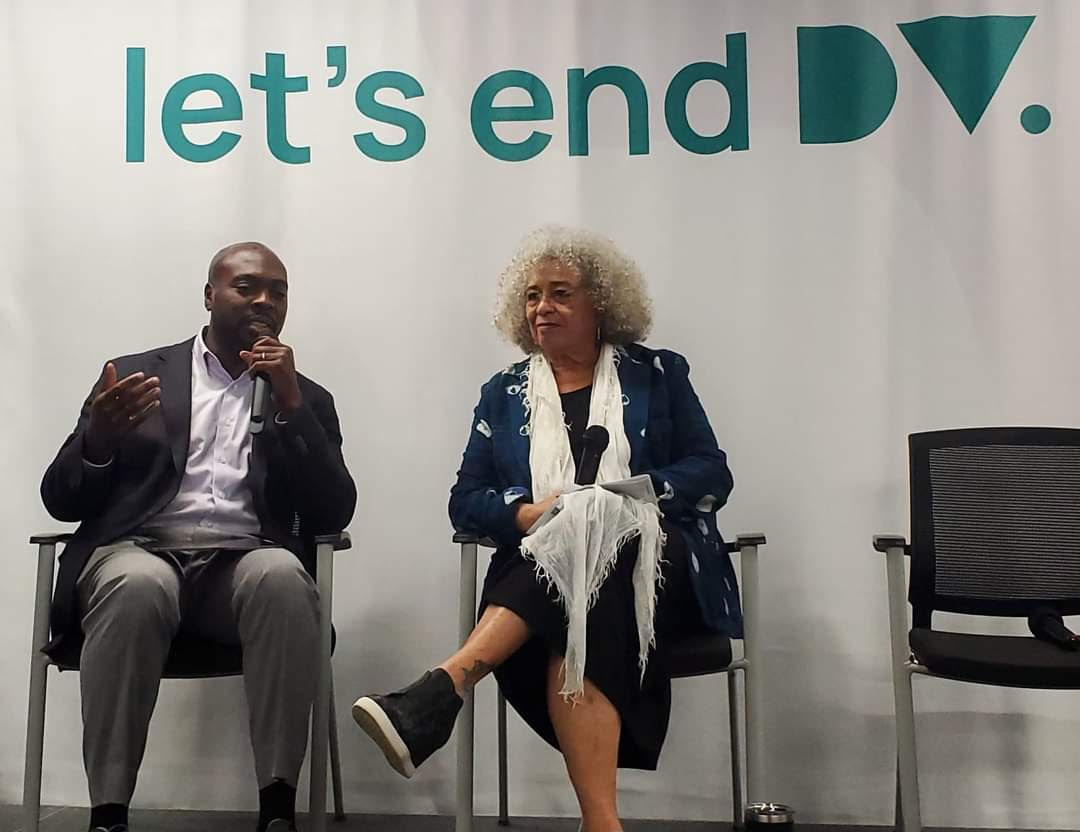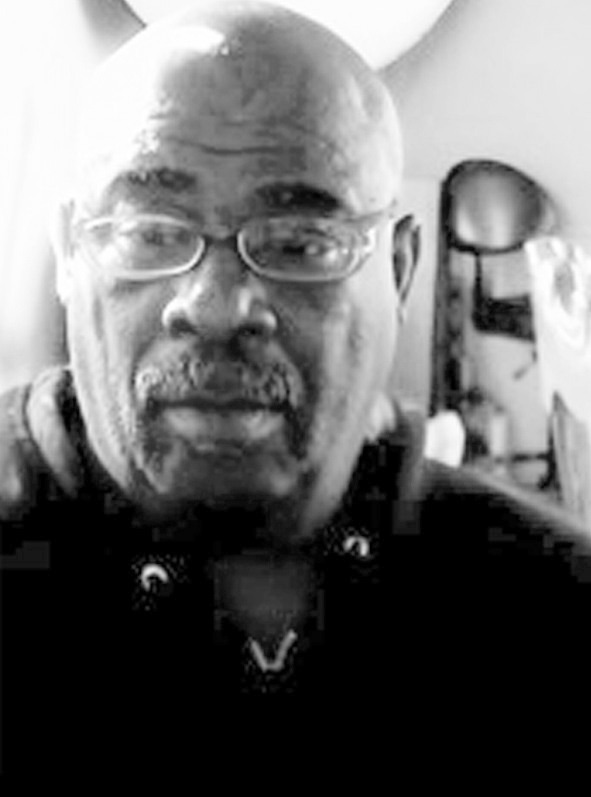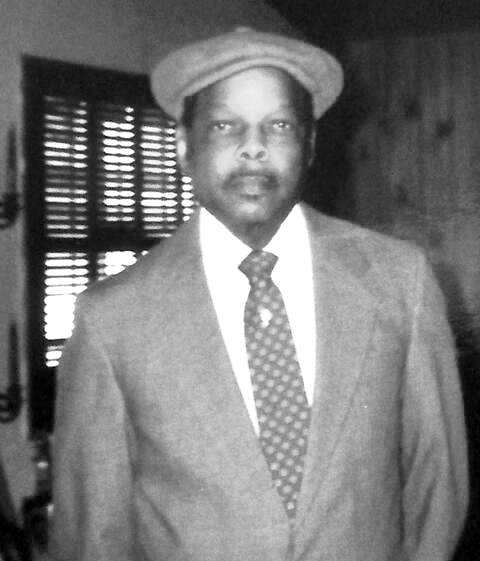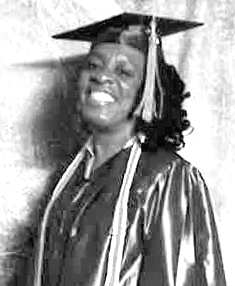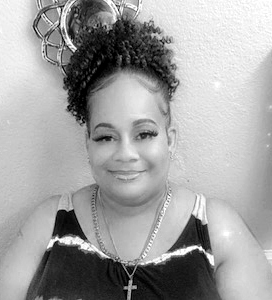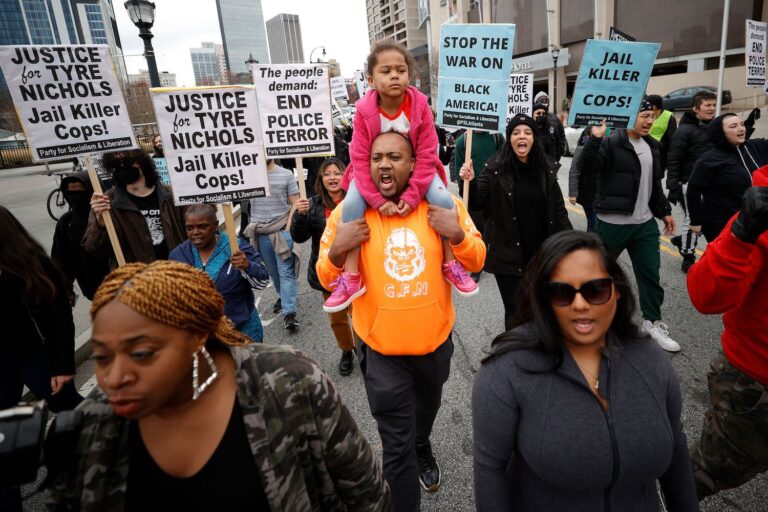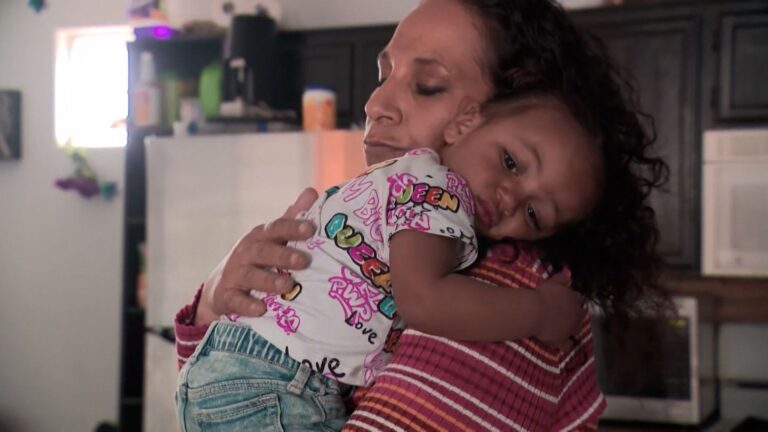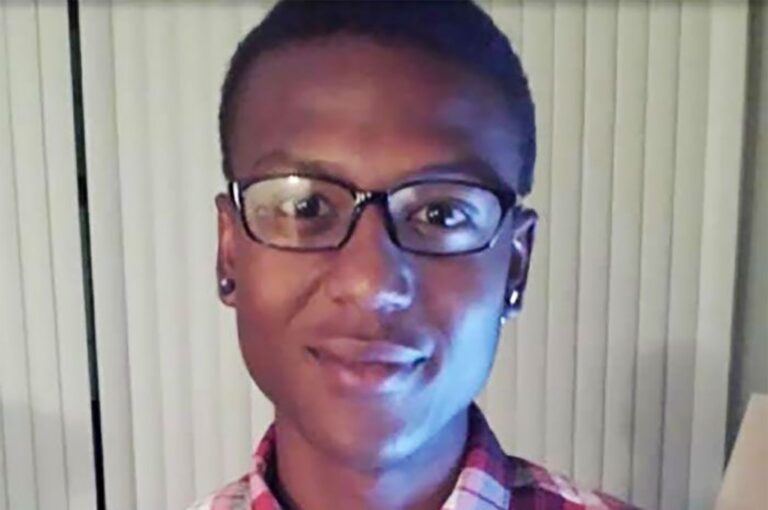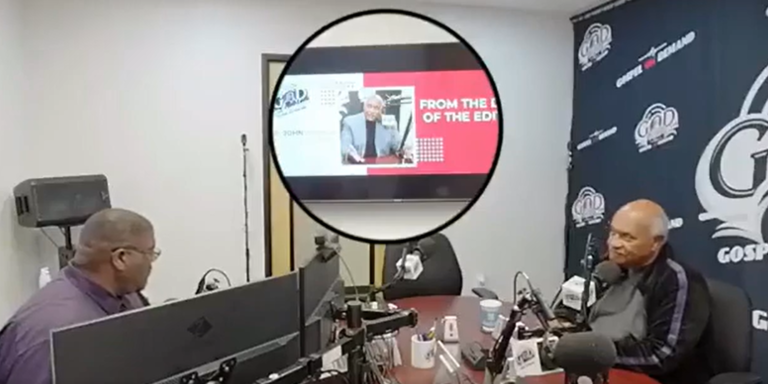By Brenda Goodman, CNN
(CNN) — US public health officials are calling for urgent action to curb an alarming increase in the number of babies born with syphilis.
In infants, syphilis can be a severe, disabling and sometimes life-threatening infection. When babies get it in the womb from an infected mother, it’s called congenital syphilis.
Each congenital syphilis case is considered a “never event” – a tragic outcome that should never happen – because it’s nearly always preventable if it is caught and treated in time. A single course of penicillin, given at least a month before the end of a pregnancy, nearly always prevents infected mothers from passing the bacteria to their babies.
But more than 3,700 babies were born with syphilis in the US in 2022, a 32% increase from the year before and a tenfold, or 1,000%, rise since 2012, the US Centers for Disease Control and Prevention said Tuesday. Nearly 300 of those babies died or were stillborn, according to a new report published in the CDC’s Morbidity and Mortality Weekly Report.
The new numbers are the highest reported in the US in more than 30 years, said Dr. Laura Bachmann, chief medical officer in the CDC’s Division of STD Prevention in a media briefing.
“Despite repeated warnings and calls to action, the congenital syphilis crisis in the United States has skyrocketed at a heartbreaking rate,” said Dr. Debra Houry, the CDC’s chief medical officer, in a news release.
In addition to stillbirth, untreated syphilis may damage a baby’s organs and bones or harm vision and hearing. It can lead to lifelong health problems.
Using uncharacteristically strong terms, the CDC said Tuesday that the situation in the US has reached “dire” and “alarming” levels, and it called on the entire medical community – not just obstetrician/gynecologists – to help find and treat infected people to protect newborns.
Failing efforts to stem the tide
Dr. Deepika Sankaran, a neonatologist at Adventist Health and Rideout Regional Medical Center in Marysville, CA, says this is the right approach, though it’s not an easy mindset to change in medicine.
In May, Sankaran told CNN that she was so alarmed by the number of babies she was treating with syphilis that she had tried to start a new program in her hospital’s emergency department. She asked ER physicians to test every pregnant woman they saw for syphilis.
“That is not happening, unfortunately,” she told us on Monday when we checked with her to see how the effort is going.
She said the ER wasn’t testing pregnant women because when patients come in for emergency care, their needs are urgent, and screening isn’t something emergency departments are used to doing or thinking about.
“I think if CDC comes out and says that it’s not the sole responsibility of ob-gyns and the whole health care system should have the responsibility of assisting them at their point of contact, which may just be once, if at all, before they deliver,” Sankaran said. “I think that would be a huge step towards decreasing the numbers of babies with congenital syphilis.”
Stunning new numbers
David Harvey, executive director of the National Coalition of STD Directors, said he was stunned by the new numbers.
“We expected perhaps a slight increase in congenital syphilis, but a 32% rise in one year is shocking, and it shows a collapse of the maternal and child health and STI public health system in America,” Harvey said.
Harvey said his group is calling on the government to do more to fight sexually transmitted infections.
“We want a White House syphilis response coordinator,” Harvey said. “We want the same response as we saw for mpox.” The coalition is also asking the Biden administration for a $1 billion dollar investment to fund the effort.
In the summer of 2022, as the viral infection mpox spread predominantly among sexually active gay men in the US, the Biden administration appointed a response coordinator and deputy coordinator to direct government efforts to quell the outbreak.
In June, the US Department of Health and Human Services released the first-ever federal plan to tackle sexually transmitted infections, but Harvey said it’s not enough.
“We think it’s way past due for this administration to get serious about saving the lives of babies,” he said.
Prevention efforts threatened
Despite the CDC’s strong call to action Tuesday on syphilis, Harvey said, the effort was already being undercut by “a perfect storm” of budget cuts to states and a shortage of the only drug approved to treat syphilis in pregnancy, a long-acting form of penicillin called Bicillin.
In May, amid budget negotiations to keep the government open, Republicans and the Biden administration agreed to claw back approximately $27 billion in unspent funding allocated to fighting Covid-19. The deal cut short the last two years of funding to state health departments to hire workers known as disease intervention specialists who are experts in contact tracing and keeping people engaged in treatment for infectious diseases.
As an example, the Louisiana Department of Health had used that funding – more than $14 million in total – to hire 28 full-time disease intervention specialists. This group was largely focused on syphilis-related programs.
When the funding was cut, Louisiana lost $5.7 million of that promised federal funding. The CDC increased flexibility so states could keep using any unspent money they’d already received through the program an additional two years – until January 31, 2026.
Louisiana would not disclose how much money it had left to fund its program.
On top of the funding cuts, doctors are scrambling to find scarce doses of the injected medication Bicillin-LA.
In October, a coalition of 39 organizations urged the White House Drug Shortage Task Force to prioritize increasing the supply of Bicillin in the US. The shortage of the antibiotic isn’t expected to be resolved until mid-2024.
Because the data in the report come from 2022, the year before the shortage was recognized, the effects of the low supply aren’t yet known.
“Up until now, we have not received any reports of shortages impacting pregnant and people getting treated. So there’s no known case of congenital syphilis linked back to the Bicillin shortage,” said Dr. Robert McDonald, an epidemiologist at the CDC and lead author of the new report.
Testing, treatment missed in almost all cases
For the new report, CDC researchers collected information on cases of congenital syphilis reported by all states and territories. In 2022, 3,761 cases of congenital syphilis were reported to the CDC, including 231 stillbirths and 51 infant deaths.
In 88% of cases, the researchers found missed opportunities for testing or treatment of the birth parents. In more than one-third of cases, infected mothers hadn’t been tested or had been tested too late for effective intervention. Usually, the penicillin injection needs to be given a month before the end of a pregnancy for it to work.
But in many cases, testing didn’t translate to treatment. Among more than 2,100 cases in which testing had been performed and patients found to be positive, more than half of those mothers got no treatment or had inadequate treatment, meaning they got the wrong antibiotic or didn’t get the right doses of medication at the right interval.
“Over half of the people who were identified as having syphilis did not get the treatment they needed,” said McDonald.
Missed treatments aren’t uncommon for infected mothers who tend to come from some of the most vulnerable segments of the population: those who have substance use disorders, have lower incomes and less education, or may be incarcerated.
The researchers found deep racial disparities behind the numbers, too. Babies born to Black, Hispanic and American Indian or Alaska Native mothers were eight times more likely to have congenital syphilis than babies born to White mothers.
“I think we continue to see cases of congenital syphilis increasing because we continue to see cases of syphilis among women going up,” McDonald said. “And I think that’s why, specifically now, we’re really calling for better screening of women and sexually active people for syphilis.”
Some states have already taken action. New Mexico, which has one of the highest rates of congenital syphilis in the country, has had a public health order since 2020 requiring doctors to test all expectant mothers three times during their pregnancies. It recently renewed and expanded the order, which now requires doctors to test all adults between 18 and 50 years of age.
The CDC recommends syphilis screening for anyone who is sexually active in communities where there are high levels of infection, but there’s no set threshold that would flag an area as at-risk. As part of the Healthy People 2030 plan, the agency has a goal of reducing the rates of syphilis in women to 4.6 cases per 100,000 people. If that threshold designated an at-risk community and it was applied to the entire US, McDonald says, 70% of the population would live in areas where they should be screened for the infection.
In addition to more testing, McDonald says the CDC is advising doctors not to wait until the diagnosis is confirmed—which is usually a two-step process–to begin treatment.
Instead, he says, if a rapid screening test that’s used in doctor’s office is positive, doctors should try to treat patients at the same visit.
“In these situations where you think someone’s not going to come back to the health care system, you want to identify them as having syphilis and treat them at that time,” he said.
The-CNN-Wire
™ & © 2023 Cable News Network, Inc., a Warner Bros. Discovery Company. All rights reserved.



